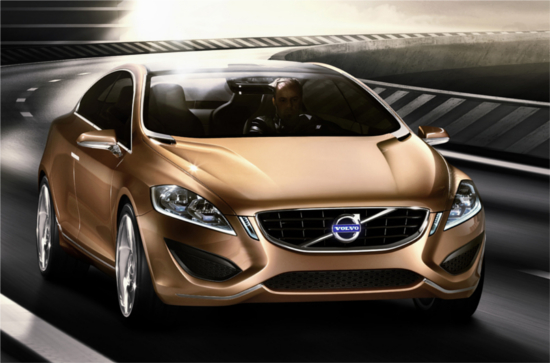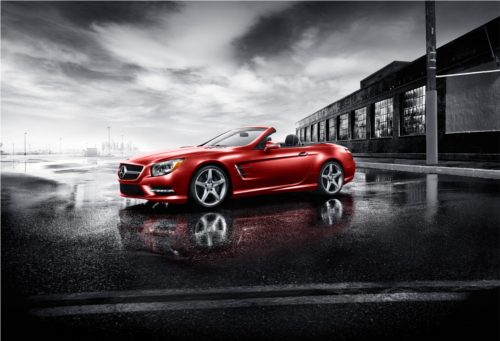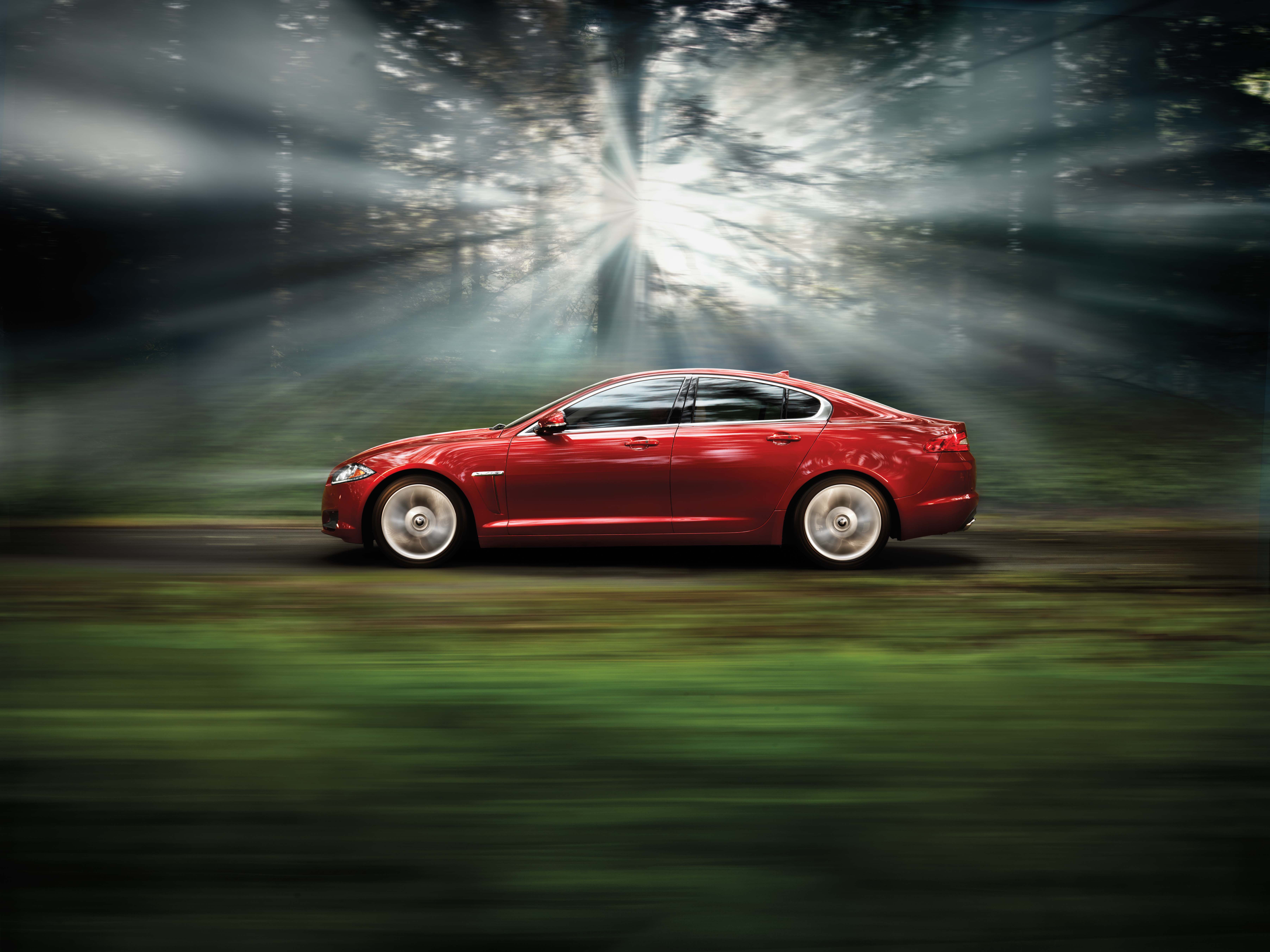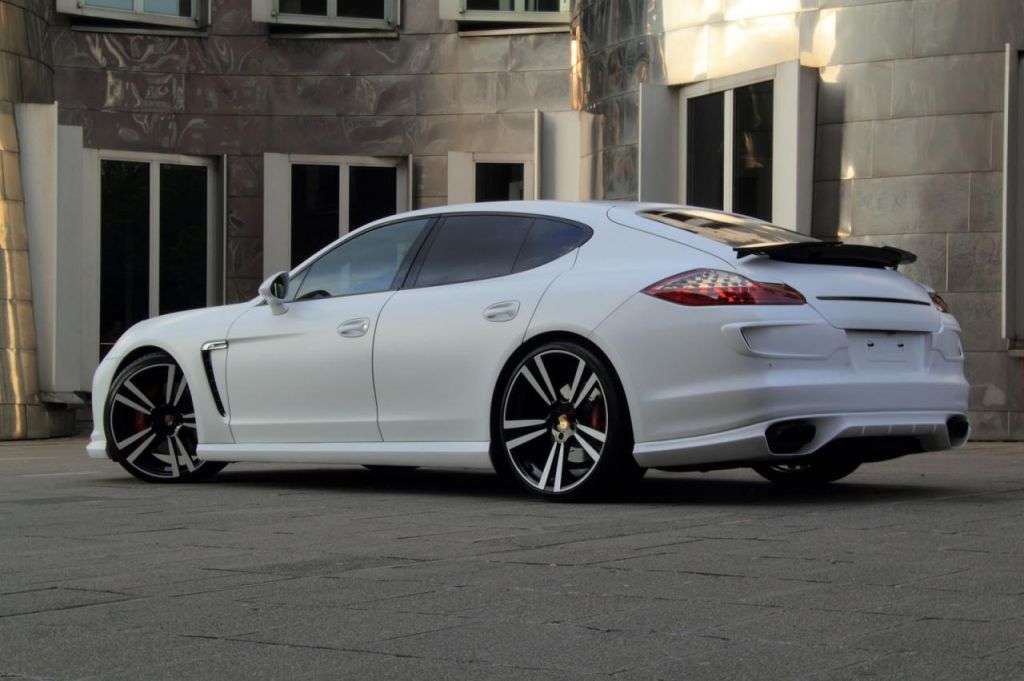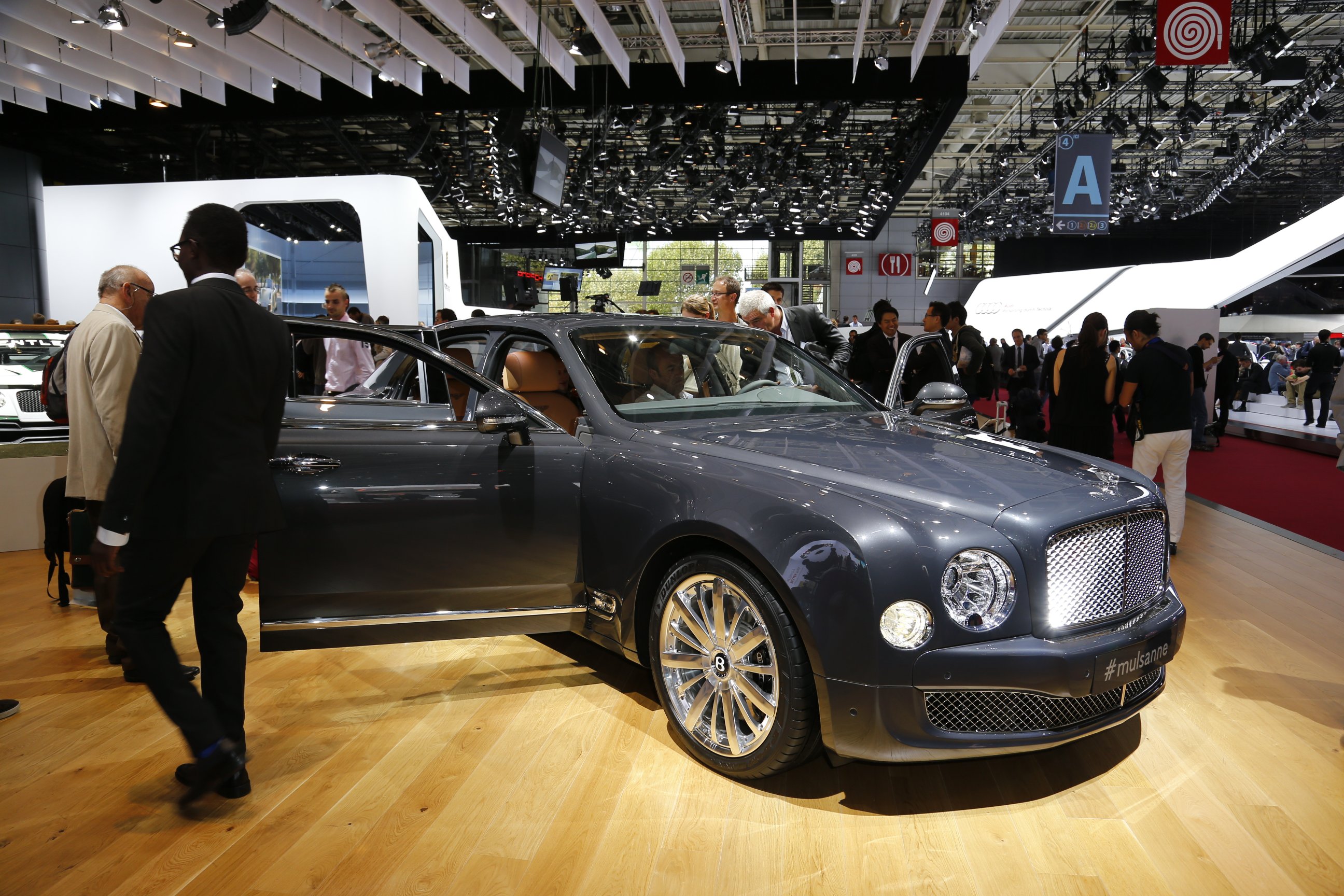Built on the code of the curve, the Porsche Cayman takes the direct path without ever going in a straight line. The coupe puts you way ahead of the curve.
Overview
Inside the 2014 Porsche Cayman, you’re always ahead of the curve. Instead of taking the direct path in a humdrum straight line, the Cayman follows the bold and adventurous code of the curve. Porsche takes the nonconformist approach by placing the heart of the coupe — a compact, mid-mounted boxer engine — a little less than 12 inches behind the heart of the driver. This puts the bulk of the weight near the middle which lowers the center of gravity and evens the weight between the front and rear axles. Using this method turns the Cayman into a master of the curve.
Delivering 275 hp power to the 2014 Porsche Cayman is a 2.7-liter displaced 6-cylinder engine with direct fuel injection (DFI) and VarioCam Plus. Mated to the engine is a 6-speed manual transmission that accelerates the Cayman from 0 to 60 mph in a heart palpitating 5.4 seconds and a top speed of 165 mph. You can boost performance with the optional Sports Chrono Package and it’ll cut the 0 to 60 to 5.1 seconds – a whole .3 seconds. Just listen to the sound of the Cayman engine and see how it makes you feel.
In building the 2014 Porsche Cayman S, Porsche engineers couldn’t resist the challenge of throwing everything they had along with their passion. Giving the Cayman S its heart is a 3.4-liter, flat-six engine with DFI and VarioCam Plus. The Cayman S coupe generates 325 hp propelling it from 0 to 60 mph in 4.7 seconds with the speed maxing at 175 mph. Shave time from 4.7 to 4.4 by opting for the PDK and Sport Chrono package. And here’s the Cayman S sound. Can’t get more electrifying? Add a sports exhaust system and you’ll hear this engine.
Recovered yet? As if that isn’t enough to overwhelm you with excitement, the Porsche Cayman and Porsche Cayman S come with powerful and efficient technology. Auto Start Stop turns off the engine when the Cayman coupe comes to a stop while all sound and communications systems remain turned on. Electrical engine management optimizes engine performance. Advanced thermal management regulates the temperature in the engine and gearbox to cut friction loss. “But don’t be fooled by the greenie wrapper, the Cayman’s performance is supreme,” writes Car and Driver.
In driving the 2014 Porsche Cayman, you’ll choose curves over straight roads just to the experience the code of the curve every chance you get. Get a taste of the curve with by checking out the mid-engine coupe at Park Place Porsche Dallas.
Interior
Interior features vary based on model and package. This is a sample of some of the interior features you’ll find in the 2014 Porsche Cayman.
Interior colors: Colors vary based on model. These are some of the colors available. Black leather, Platinum Grey leather, Yachting Blue leather, Luxor Beige leather, Agate Grey/Pebble Grey two-tone leather, Agate Grey/Amber Orange two-tone leather, Agate Grey/Lime Gold two-tone leather, Agate Grey special leather, Espresso natural leather, Carrera Red natural leather.
Audio system: The BOSE® Surround Sound System features 8 amplifier channels. 10 loudspeakers integrated behind the dashboard include an active subwoofer to deliver balanced sound and a total output of 445 watts for a surround-sound experience.
Seating: The standard and comfortable sports seats finished in Alcantara provide support even when the hitting corners hard. The seat features powered backrest adjustment and manual height and fore/aft adjustment. All-around powered seating – fore/aft adjustment, lumbar support and steering column — is available as an option.
Steering wheel: The standard sports steering wheel with 3-spoke design is adjustable up to 60 mm axially and up to 40 mm vertically.
Exterior
Exterior features vary based on model and package. This is a sample of some of the exterior features you’ll find in the new Porsche Cayman.
Exterior colors: Colors vary based on model. These are some of the colors available. Agate Grey Metallic, Anthracite Brown Metallic, Aqua Blue Metallic, Basalt Black Metallic, Cognac Metallic, Dark Blue Metallic, GT Silver Metallic, Guards Red, Lime Gold Metallic, Mahogany Metallic, Racing Yellow and White.
Lighting: Clear glass halogen headlights are standard on the Cayman. Bi-Xenon headlights are standard for the Cayman S. Integrated in the air intakes are circular front light units with LED daytime running lights and position lights. The taillights also use LED technology to increase safety.
Wheels: The 18-inch alloy wheel with dual-arm spoke design is standard in the new Cayman. Equipping the Cayman S are 19-inch wheels with the classic five-spoke design.
Safety
Safety features vary based on model and package. This is a sample of some of the safety features you’ll find in the 2014 Porsche Cayman.
Porsche Stability Management (PSM): Standard in both new Cayman models, Porsche Stability Management (PSM) maintains stability even at the limits of dynamic driving performance. Sensors continuously monitor the direction, speed, yaw velocity and lateral acceleration of the car.
Braking system: Equipped with four-piston aluminum monobloc fixed brake calipers, the brakes are resistant to deformation and lightweight for fast and sensitive braking response. The Caymans also feature a new generation of brake caliper at the front axle. When combining this with the large brake pads and the new brake booster, it increases braking and stability. Brake discs are internally vented and cross-drilled for improved braking in wet conditions.
Electric parking brake. As you pull away, the new electronic parking brake automatically releases. You can manually activate and deactivate the brake.
Airbags. Both Cayman models come with full-size and knee airbags that inflate in two stages depending on the severity and type of accident. In less serious accidents, the airbags are only partially inflated to limit discomfort.
Performance
2014 Porsche Cayman Vital Stats
Engine: 2.7-liter flat-six engine with Direct Fuel Injection (DFI) and VarioCam Plus
Max power: 275 hp @ 7,400 rpm
0-60 mph time: 5.4 seconds
Top track speed: 165 mph
Max torque: 213 lb-ft @ 4,500 to 6,500 rpm
2014 Porsche Cayman S Vital Stats
Engine: 3.4-liter flat-six engine with Direct Fuel Injection (DFI) and VarioCam Plus
Max power: 325 hp @ 4,700 rpm
0-60 mph time: 4.7 seconds
Top track speed: 175 mph
Max torque: 273 lb.-ft. @ 4,500 to 5,800 rpm.




